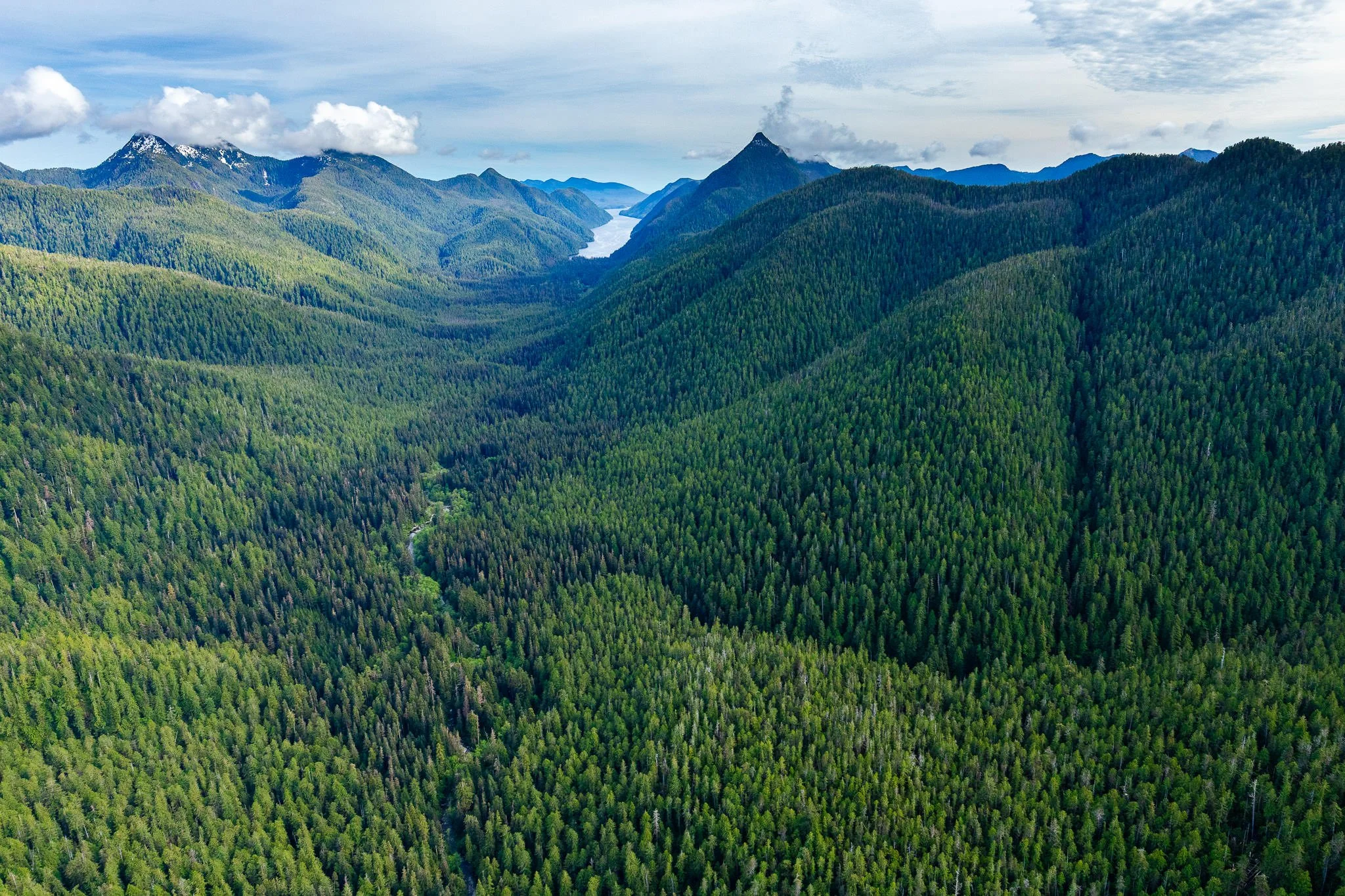I’m thrilled and honoured to have received an award in Earth Photo 2024, an international photography contest currently on display at the Royal Geographical Society in London, UK. My image, titled Flores Island Cedar, features a gargantuan redcedar tree – perhaps the most impressive tree in Canada – with friend Tyson Atleo, a Hereditary Representative of the local Ahousaht people, standing next to the tree’s base, providing a sense of scale.
The contest, which saw over 1900 entries from around the world and 11 award winners, celebrates photography and moving images that tell compelling stories about our planet, its inhabitants, its beauty, resilience and fragility. The winning images have attracted international attention, with high-profile features in The Guardian & CNN and locally in the Times Colonist.
Amazingly, the award announcement happened within 24 hours of the biggest old-growth protected areas victory in decades when, earlier last week, the leadership of the Ahousaht, Tla-o-qui-aht First Nation, and BC NDP government declared the protection of 76,000 hectares of land in new conservancies in Clayoquot Sound near Tofino, BC. Most of the lands committed for protection are comprised of some of the grandest and most intact coastal old-growth temperate rainforests on Earth, including this ancient tree.
It’s not always the case that the forests featured in my photographs have a happy ending. But in this case, I’m so grateful that they do. The tree pictured is the largest one I’ve ever found in nearly 20 years of searching for big trees in BC. It’s more than 17 ft (5 m) wide near its base, 151 ft (46 m) tall, & likely well over a thousand years old, given its size.
I extend my deepest gratitude to the Ahousaht & Tla-o-qui-aht people for their conservation vision and leadership. A special thanks to Tyson and the Maaqutusiis Hahoulthee Stewardship Guardians for their time spent with me in the woods.
See the other winning and shortlisted photos here: www.earthphoto.world/2024-shortlist-exhibition
If you’re considering exploring the lands and waters of Ahousaht territory in Clayoquot Sound, be sure to check out the Maaqutusiis Hahoutlhee Stewardship Society website for information on planning your trip: https://mhssahousaht.ca/




























































